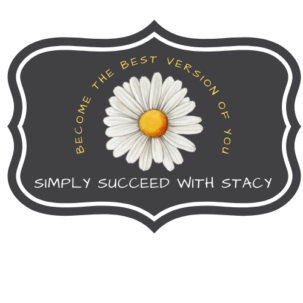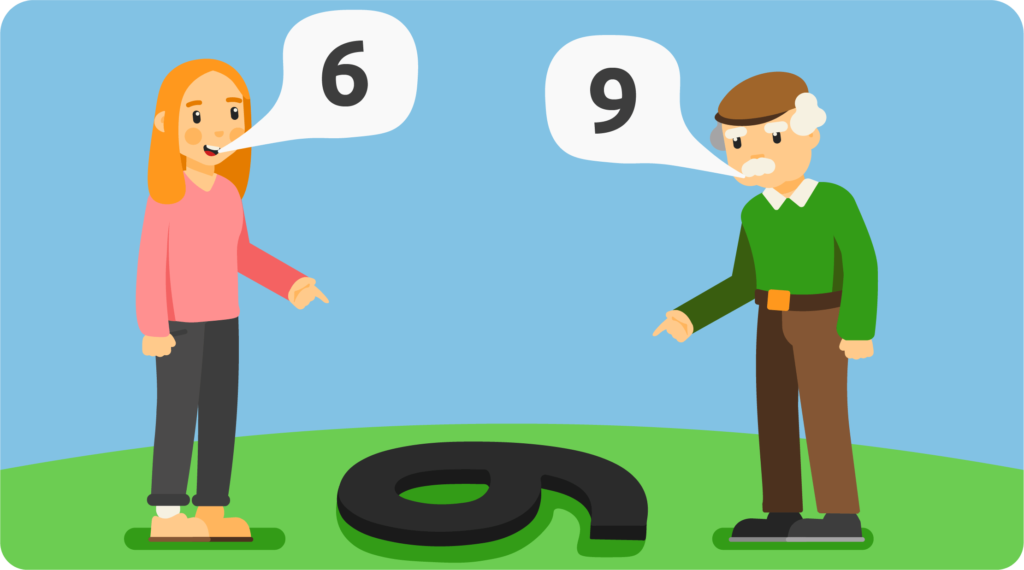The next couple months under the “Changing Your Life” topic I will be giving you my takeaways from the 7 Habits of Effective People book. I read the book last year and thought it was so good that I bought both the boys’ copies of the one for teenagers with the workbook.
I’m reading it again this year with the intention of coming away with new actions that I can implement. It’s interesting how the things you didn’t take away from it the first time stick out this time based on how you have grown and learned.
Here we go…..
Change Perception to Change Ourselves
If we want to change the situation, we first have to change ourselves. And to change ourselves effectively, we have to change our perceptions. Our perception is what we communicate out to the world.
Our paradigms, correct or incorrect, are the sources of our attitudes and behaviors, and ultimately our relationship with others.
Paradigm: it’s the way we “see” the world – not in terms of our visual sense of sight, but in terms of perceiving, understanding, interpreting. It’s the map of how we live our life.
This example truly explains it better:
Think of trying to drive to a city without having the right directions or wrong map:
- Change Behavior: you could try harder, be more diligent, double your speed. But your efforts may just get you to the wrong place faster.
- Change Attitude: think more positive. You may not get to the right place, but perhaps you wouldn’t care. Your attitude would be so positive, you’d be happy wherever you were.
- The point is you would still be lost. It isn’t about your behavior or attitude. It has everything to do with having the wrong map/directions.
If you have the right map:
- Diligence becomes important so when you encounter frustrating obstacles along the way, then attitude can make a real difference.
- The first and most important requirement is the accuracy of the map.
In our head we have 2 maps:
-
- Map of the way things are (realities)
- Map of the way things should be (values)
- We interpret everything we experience through these mental maps.
- We rarely question their accuracy and assume that the way we see things is the way they really are or they way they should be
- Our attitudes and behaviors grow out of those assumptions. It’s the way we think and act.
It is difficult to be objective because of the maps we have in our head. It’s being aware of what our maps or assumptions, and the extent to which we have been influenced by our experience, the more we can take responsibility to test them against others realities by listening and being open their perceptions. This gets you a broader view of the world.
Let’s do an exercise:
First, look at this picture. What do you see?
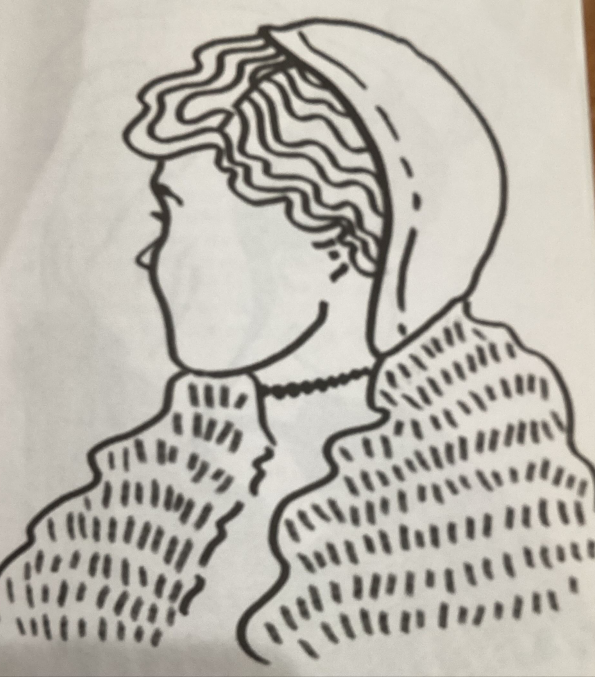
Now look at this picture. What do you see?
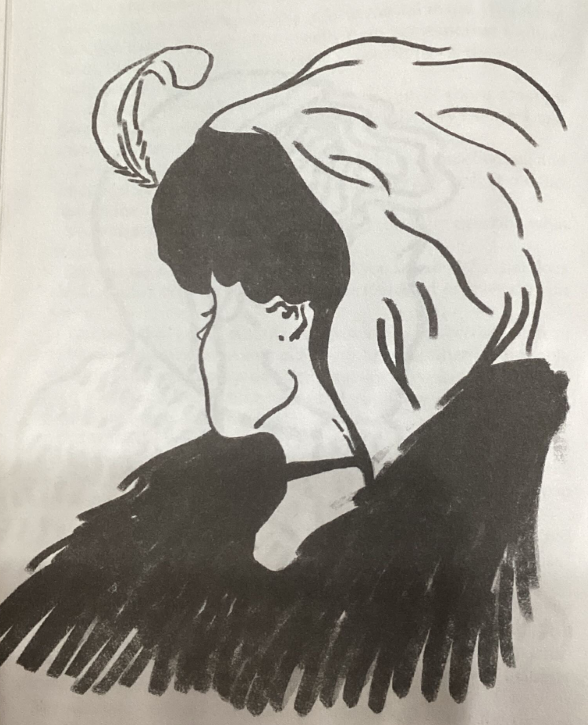
You probably see a beautiful woman with her face tilted away from us, right? What if I told you it was an old woman with her face looking over? Don’t see it. Look at this next picture and go back to the one above. Do you see it now?
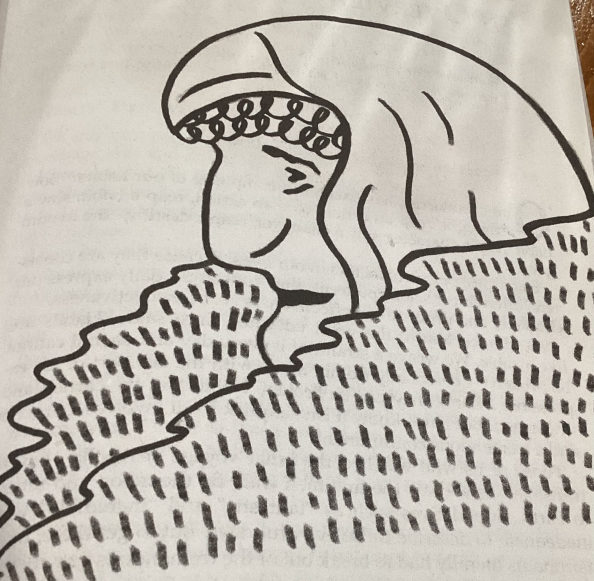
Our perception changes when we open our eyes to the possibilities of how others see the world.
If we want to make relatively minor changes in our lives, we can perhaps appropriately focus on our attitudes and behaviors. But if we want to make significant change, we need to work on our basic paradigms.
